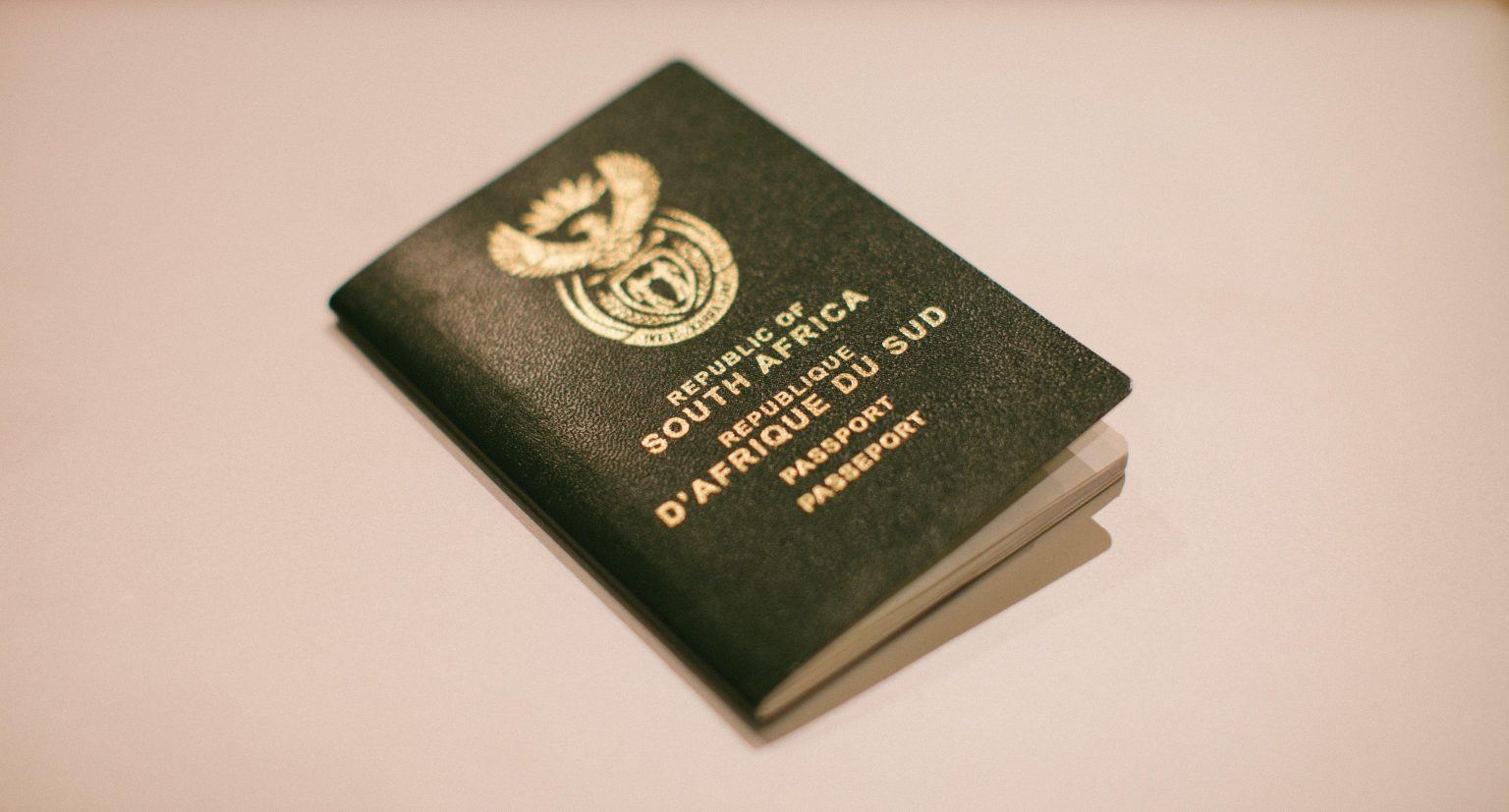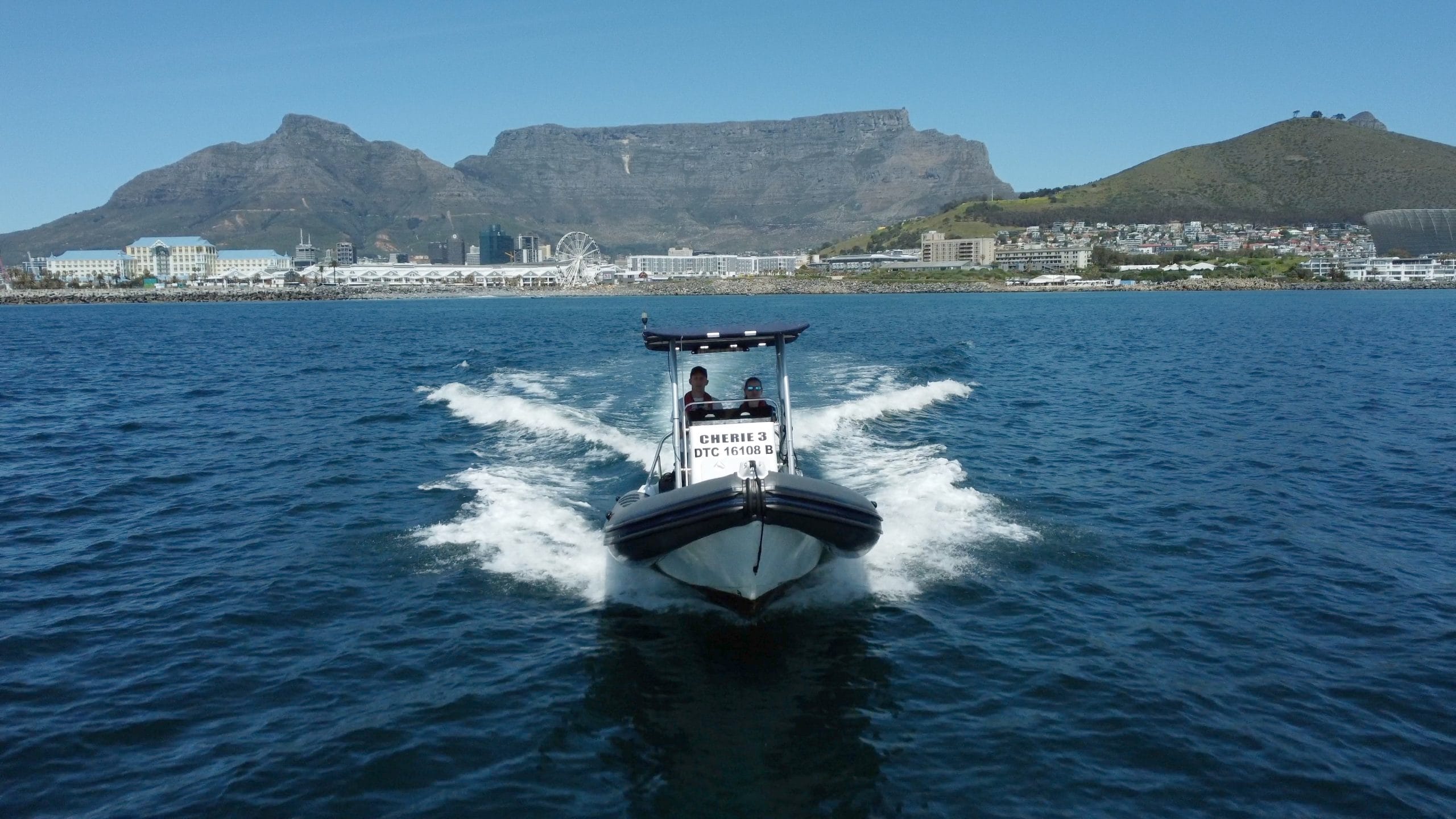Being a South African yachtie presents you with a few visa challenges that other countries don’t have. The pandemic has presented new challenges for yachties as travel isn’t as easy and seamless as before and our green passports don’t give us access to many countries without a visa.
Every nation has its own system and set of standards, which causes crew members to stress and confusion as they attempt to make sense of it all. Paperwork and travel papers may cause prospective yachties and occasionally established yachties who are trying to relocate a lot of difficulty.
Working on a superyacht is not working physically on international soil. It is working on a foreign-flagged vessel, and hence the process for applying for visas can be complicated and confusing.
We have gathered as much information as we could on passport and visa applications to help you understand the visa requirements for the region you’re interested in working in.
Why do you need a visa?
A visa is an official stamp or document stamped on/attached to your passport and grants you permission to enter, work, travel within, and remain in a country for the specified duration. You will be refused admission to a country without the proper visa. As South Africans, we require visas for the most popular super yachting destinations, and you need to have the correct tourist visa to allow you to remain and work on a superyacht overseas
The Mediterranean and the Caribbean
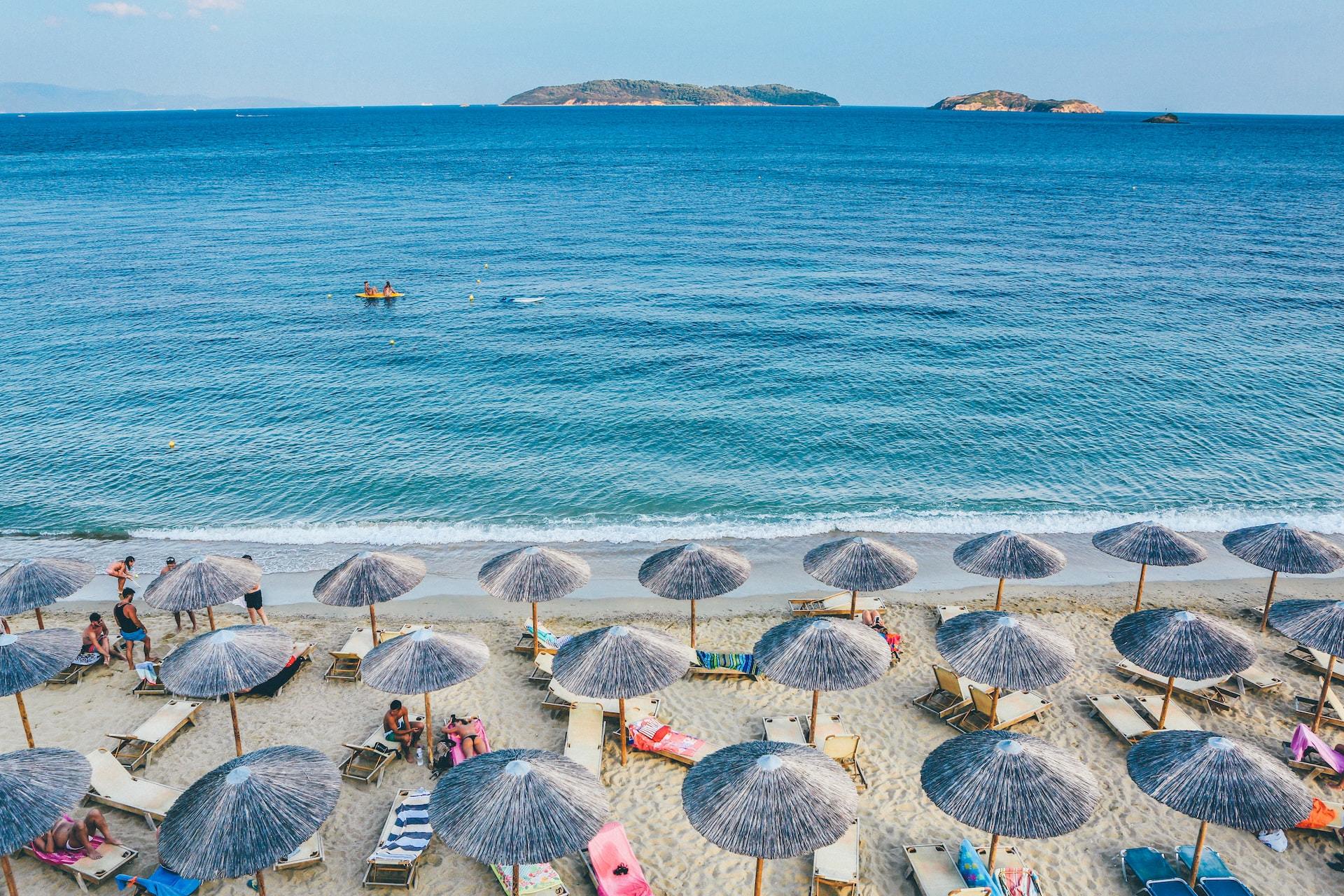
The 22 members of the European Union, as well as Iceland, Norway, and Switzerland signed the Schengen Agreement in 1985. Visas are required for entry into the Schengen Area for South Africans. A Schengen Visa entitles bearers to unrestricted travel between the 26 European nations that make up the Schengen States.
Austria, Belgium, Czech Republic, Denmark, Estonia, Finland, France, Germany, Greece, Hungary, Iceland, Italy, Latvia, Liechtenstein, Lithuania, Luxembourg, Malta, Netherlands, Norway, Poland, Portugal, Romania, Slovakia, Slovenia, Spain, Sweden, and Switzerland are among these nations.
You will almost probably need to enter and travel inside the Schengen States if you work as a crew aboard a luxury yacht, therefore getting a Schengen Visa from the embassy of the nation you will be initially visiting is crucial.
The following is an explanation of the Schengen visa requirements for non-EU crew.
As it stands, non-EU crew are eligible for one of three types of Schengen visas:
1) Schengen transit (Type B) visa – This visa, often known as an “entrance visa” or “exit visa,” is required for crew who board or depart a yacht within the Schengen Zone. The transit visa is eligible for a transit across the Schengen Area lasting no longer than five days.
2) Schengen visa for temporary entry (Type C) – The entry type for short-stay (Type C) visas might be single, double, or numerous. The Seaman Short-Stay (Type C) visa is the most pertinent visa for yacht crew. To apply for this visa you often need documentation showing that the crew member will work on board a vessel, such as an employment letter, travel insurance, work contract, vessel registration documents, a port letter, an itinerary for the boat, etc. Depending on the crew contract and other variables including the number of prior Schengen visas the applicant has in their passport, the Seaman Short-Stay (Type C) visa’s validity ranges from one to five years. Most yacht crew will get a visa with boat papers, valid for 1-2 years and will then need to renew accordingly. When you first enter any Schengen state to look for work, it will normally be on a short stay tourist visa, 2-4 months long. Only once you have secured a job onboard a yacht and have been issued with the necessary paperwork, can you then reapply for a longer tourist visa for up to 1-2 years.
3) Long-stay (Type D) Schengen visa – This visa is instead issued for a specific amount of time and can be extended from inside the Schengen Area. The good news about this visa is that it places the crew member as a “national” of the Schengen area and grants them privileges and obligations that are not available to those on short-stay (Type C) visas. If non-EU crew members intend to live in Europe, this visa is the one to obtain. This visa is very hard to get and generally only issued to crew who can prove they have been physically living on land for a certain period of time and can financially do so for the foreseeable future with work contracts in place. The visa you will most likely get during your time working as a crew member onboard a yacht is the Type C visa above.
Popular super yachting spots in the Northern Hemisphere tend to attract yacht owners and, consequently, crew members during the summer season. This implies that a Schengen Visa must be obtained in order for any non-EU crew to operate aboard boats. The most important thing a non-EU citizen can do is to ensure that all of their documentation is in place so that they don’t miss out on opportunities due to cumbersome paperwork.
According to South African Yachties, when applying for a Schengen visa as a South African you need the following:
- At least two legitimate blank pages should be located on either side of a valid South African passport in acceptable shape.
- If you haven’t already had your biometrics taken, you must show up in person for your visa appointment.
- A bank statement showing that you have at least R90,000 in your account or that of a sponsor.
- Flight confirmation
- A deposit for lodging (up to 450 euros) has been paid for the length of your reserved stay.
United States
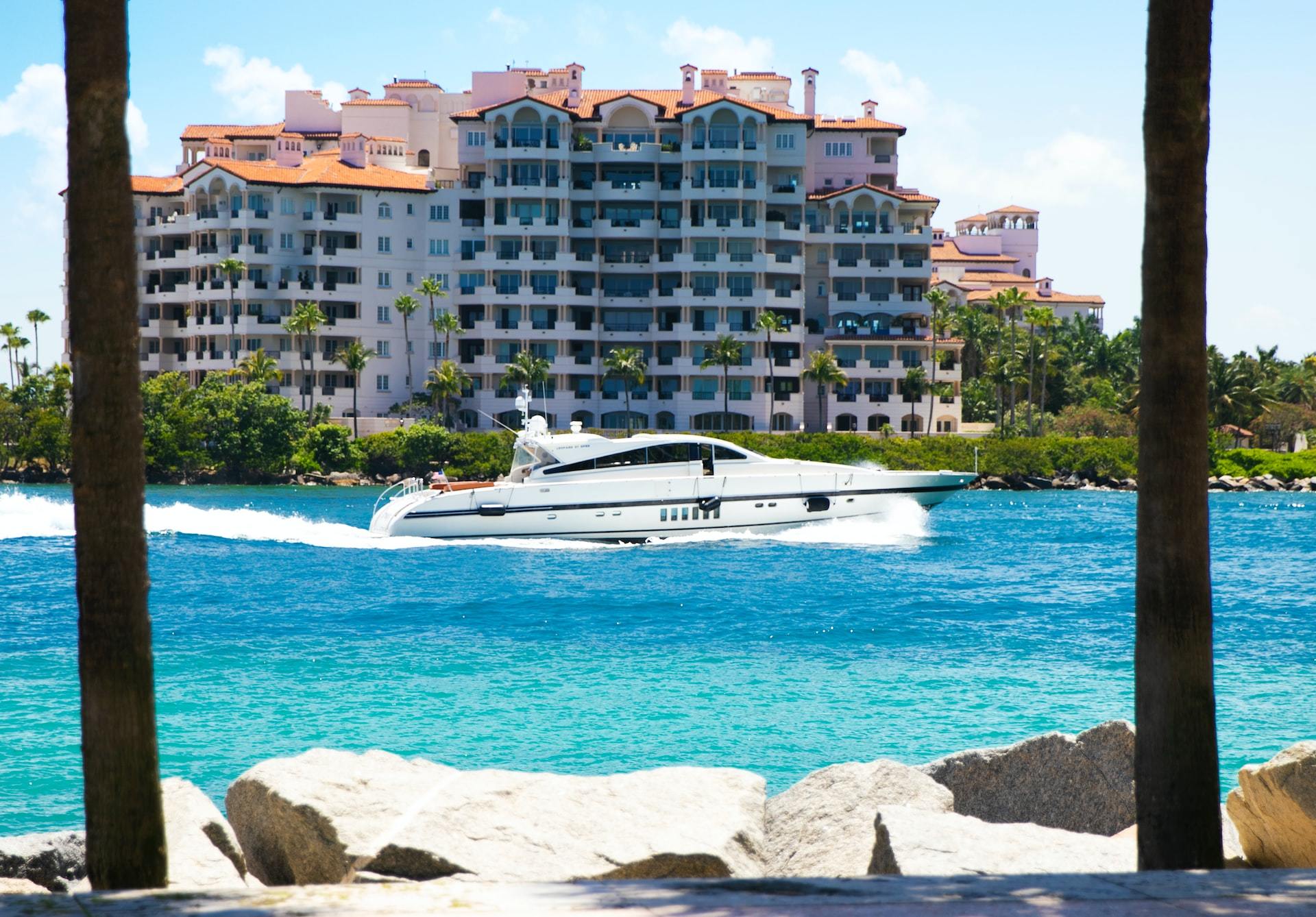
Any potential crew member who wants to work on a luxury yacht that is either US-flagged or enters US waters must possess this special, non-immigration visa.
B1 Visa = Business Travel
B2 Visa = Visitor for Pleasure
The current challenge crew face is the unforeseen delays in being able to make an appointment at a US embassy/consulate in South Africa. The delays in making an appointment nowadays can be as long as 6 months. Crew have to spend days looking at appointment options and grab any new opening the second it opens.
Our advice to new crew considering entering our industry is to book their appointment and apply for the visa as early as possible. For parents who would like their sons or daughters to enter the industry after school, the beauty of the B1B2 is the fact that the visa is traditionally a ten year visa. This means potential crew can apply and get the visa in advance and its validity is not an issue at all.
Australia
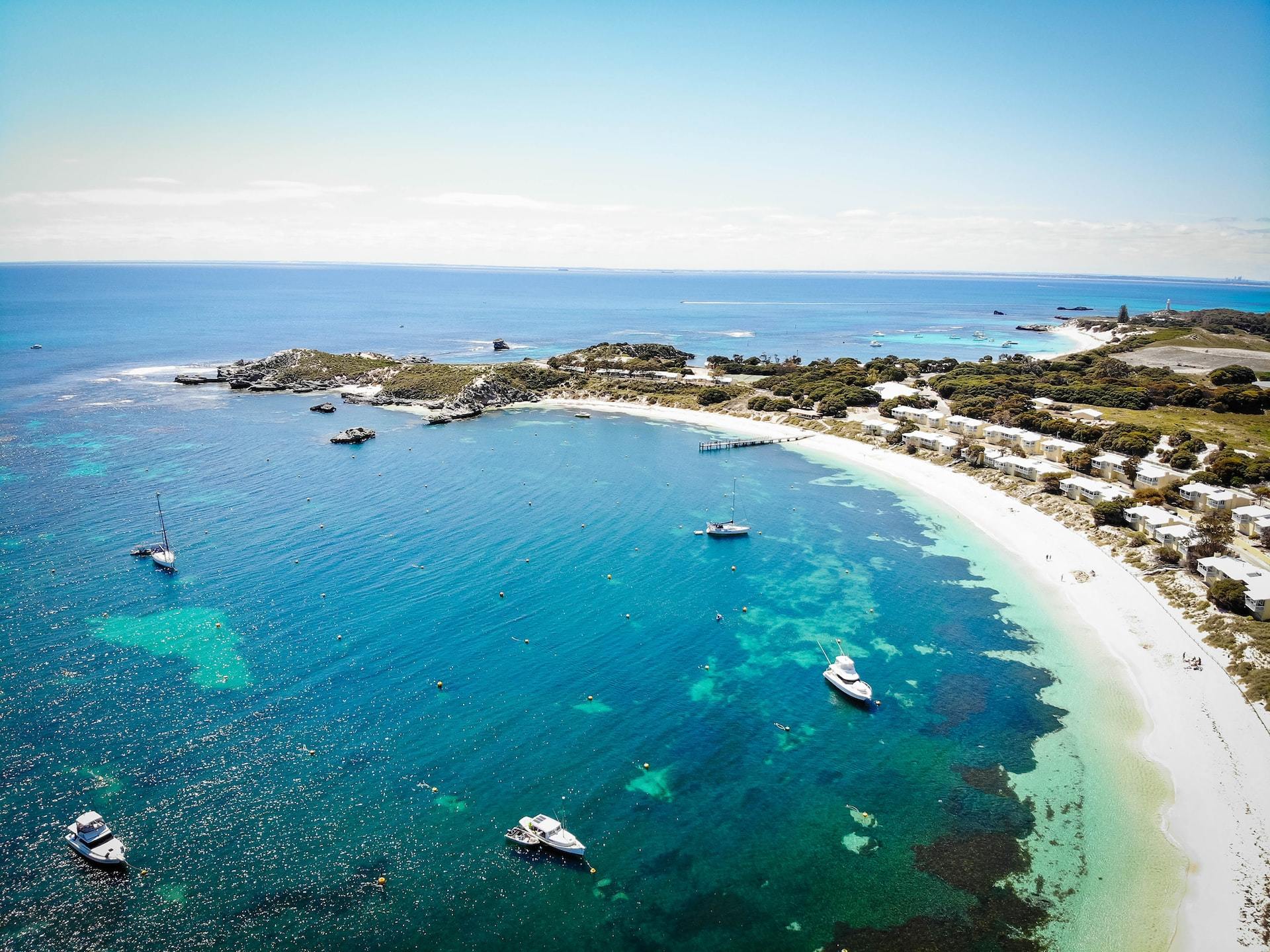
If you’re planning to enjoy the almost 60,000 km of Australian coastline during your cruise season and explore the most famous Australian coastal cities from a different perspective, you may be wondering what documents you need to work on super yachts in Australia and whether you’ll need to apply for an Australian visa.
Australia has a special visa for yachties, Temporary Activity visa (subclass 408) Superyacht Crew stream. With this visa, you are able to work as a superyacht crew member in Australia. You may remain here for a maximum of one year. With this visa, you can visit and depart from Australia as often as you’d like while it’s still in effect while working as a crew member aboard a superyacht.
It is unusual for a visa stay period of more than 12 months to be granted. The maximum stay for this visa stream is 2 years. The visa is granted with multiple entry. You can leave and re-enter Australia as many times as you want while the visa is valid. If you are outside Australia when the visa is granted, the visa stay period starts on the day that you enter Australia. If you are in Australia, the visa starts on the day that it is granted.
This visa cannot be extended to allow you to remain in Australia longer. If you need to stay longer to complete your superyacht season/remain in Australia for another season, you will need to submit a new application for this visa.
As a prospective yachtie, it is important to be informed. The important thing is to first research where you want to go and what the visa requirements are before you do anything else.
The more you know about the requirements to enter different countries, the better you can plan in advance for the challenges you’ll be faced with. This is the best way to ensure success in your journey onboard. It is very important to make sure that you use a professional agency to help you obtain your visa, whether it be a tourist agency or a yacht crew agency. If you do it on your own and things go wrong, and you are either denied a visa or don’t get a long enough one, then you will not be able to find work overseas. Getting your visa is key to finding work.
If you need more information on the visa requirements for the regions you’re interested in working in, chat to our SuperYachting South Africa team who will happily assist you.

